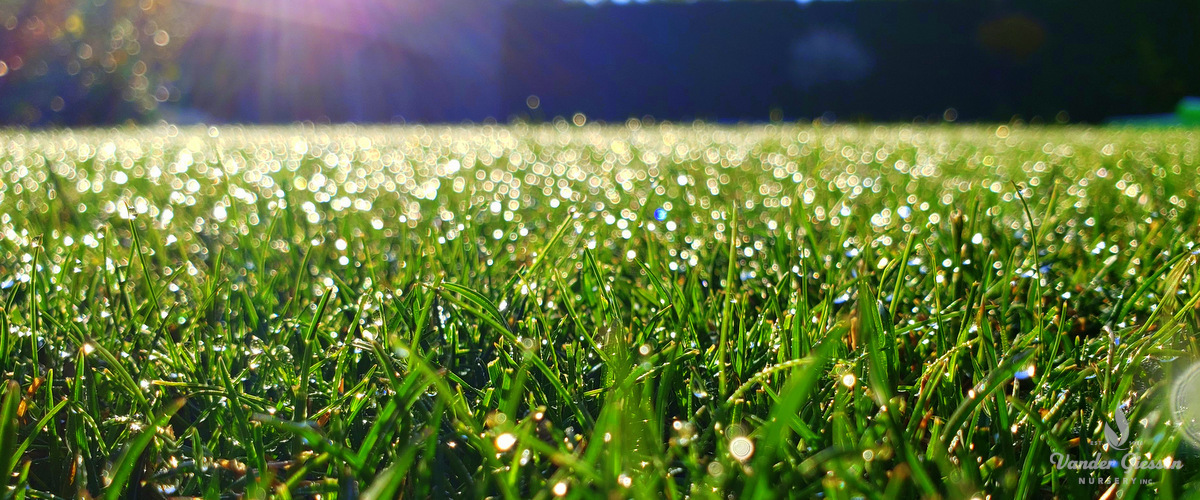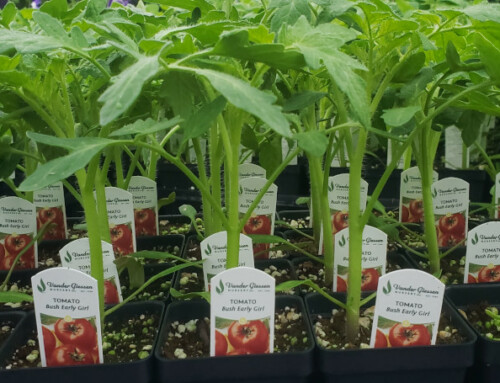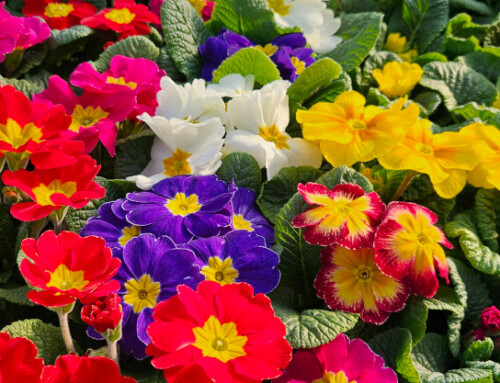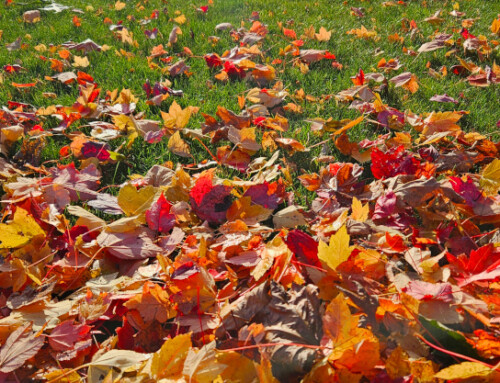I think it would be an understatement to say the weather this year has been strange. Of course, the cooler summer has been great for keeping lawns green. Unfortunately, it’s also given us our fair share of gardening problems to deal with.
For starters, although you might have a nice green lawn, you may also be battling a fungus called “red thread.” Noted by pink-tinged brown patches in grass, this fungus does more aesthetic damage than anything else and can easily be remedied. First, make sure you’re watering properly. Fungi thrive in cool, damp conditions (welcome to Washington!) so water early in the morning rather than at night. Evening watering will leave grass damp all night long, allowing fungi to thrive. Additionally, make sure that you’re watering no more than every other day rather than daily to give red thread even less chance to grow.
A second step you can take to reduce the severity of red thread is to collect and dispose of your lawn clippings rather than mulching them back into your lawn. Although mulching helps keep nutrients recycled back into your lawn, it’s also an excellent way to spread red thread spores, so when you see the fungus show up, start bagging!
Finally, keep up with fertilizing. Yes, you can buy fungus control products for your lawn, but the results are often mixed—you’ll see immediate die-off of the fungus, but in a few weeks, it’s back. A better solution is to use Scotts Turf Builder to “burn” the fungus out. The high nitrogen levels in the fertilizer easily overtake and kill red thread—and you’ll get a beautiful green lawn as well.
Another significant problem I’ve seen a lot of this year is aphids. This time of year is always bad for aphids—warmer weather and plenty of new plant growth make populations explode—but this year seems to be notably worse. Look for light green or dark brown bugs about half the size of an ant clustered on flower buds or new growth; you can also keep an eye out for the white “skin” they shed as they molt.
Fortunately, aphids are easy to control, provided you take swift action. For vegetables or other edibles, try Bonide Neem Oil, an organic and effective spray safe for all edibles but very effective against aphids and other insects. On flowering shrubs, perennials and annuals, use BioAdvanced Insect, Disease & Mite Control, a very effective spray that also provides some systemic protection for up to a month. Your best option, though, is to treat your plants with systemic liquid insecticide—products like BioAdvanced Rose & Flower Care will protect for six weeks (essentially the rest of the growing season) and can be found at Vander Giessen’s.
Lastly, we’re nearing the time of year when your annuals and hanging baskets can start to look worn and tired. If you’ve forgotten to water or fertilize from time to time, your plants may be stressed and susceptible to insects or disease. Add to that the morning dew that we’re starting to see more frequently and, much like with your lawn, fungi can be problematic. Use the Insect, Disease & Mite Control mentioned above to help control common fungi like powdery mildew (noted by a white film on plant leaves), black spot or mold. Follow up with a fertilizer like Jack’s Petunia Feed or Blossom Booster to rejuvenate your flowers and keep them blooming well into fall.
Like it or not, what summer we’ve had will soon be drawing to a close. Take a few steps now to keep your lawn and garden healthy and you’ll get to enjoy it yet for months to come!








Leave A Comment